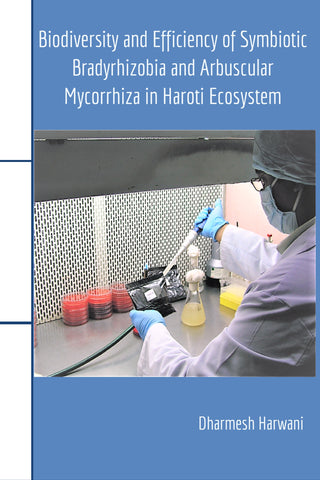
Biodiversity and Efficiency of Symbiotic Bradyrhizobia and Arbuscular Mycorrhiza in Haroti Ecosystem
Soybean (Glycine max (L.) Merr.) form tripartite symbiotic associations with nodule inducing soil bacteria Bradyrhizobium japonicum and with Arbuscular mycorrhizal fungi (AMF). Keeping in view the important soybean cultivation regions of India, biodiversity of bradyrhizobial strains and mycorrhizal fungi have been assessed by studying four major regions of soybean cultivation in India.
These include Jabalpur, Indore regions of Madhya Pradesh and Kota, Jhalawar regions of Rajasthan. Of these four particular soybean producing regions, emphasis has been placed on Kota and Jhalawar regions of Rajasthan, which are the main soybean producing districts and collectively known under Haroti regions of Rajasthan.
This research is aimed at the screening of efficient and competitive Bradyrhizobium bacteria and AM fungus, suitable to the adverse environmental and soil conditions of Rajasthan. The important findings, which immerged out of this research, have been mentioned in the research book: Briefly, from this research, it is clear that future work may be directed towards the evaluation of the tripartite symbiotic system (soybean with bradyrhizobial and mycorrhizal microsymbionts) in different agro ecosystems and commercialisation of the production of eco-friendly, non-polluting, non-pathogenic and ideal bradyrhizobial and mycorrhizal biofertilizers for sustainable ecosystem.
Product Details:
- Author: Dharmesh Harwani
- Pages: 256
- Binding: Paperback
- Size: 5x8
- Publishing Date: Feb 05, 2018
- Category: Biology
- Language: English
We Also Recommend




